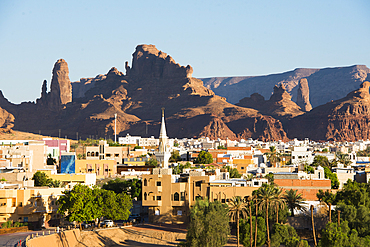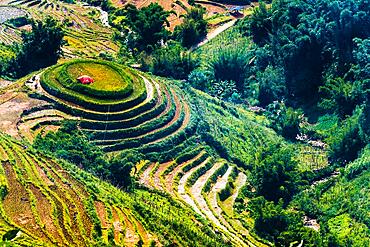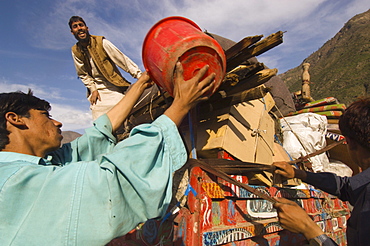Results
13 results found

Cesaro, a town perched in a stunning location in the northwest highlands west of Mount Etna, Cesaro, Messina Province, Sicily, Italy, Mediterranean, Europe

A tray with traditional food from the northwest, including empanadas, locro and humitas, at the restaurant of La Comrca Hotel in Purmamarca, Jujuy Province, Argentina, South America
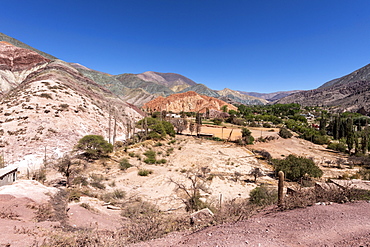
The village of Purmamarca, at the base of Seven Colors Hill, Jujuy province of northwest Argentina, South America
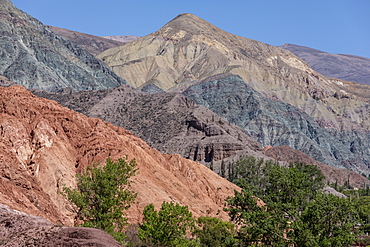
The village of Purmamarca, at the base of Seven Colors Hill, Jujuy province of northwest Argentina, South America
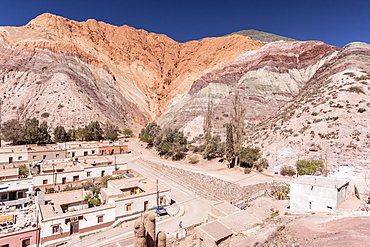
The village of Purmamarca, at the base of Seven Colors Hill, Jujuy province of northwest Argentina, South America
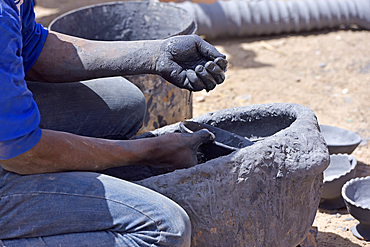
Glazing of a pottery in a workshop of the city of Tamegroute, Draa River valley, Province of Zagora, Region Draa-Tafilalet, Morocco
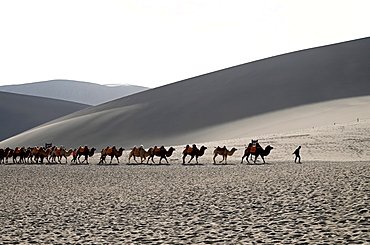
Camels being led back through the Singing Sand Dunes, Dunhuang, Northwest Gansu province, China, Asia

Tourists on camels being led through the Singing Sand Dunes in Dunhuang, Northwest Gansu province, China, Asia

Tourists on camels being led through the Singing Sand Dunes in Dunhuang, Northwest Gansu province, China, Asia
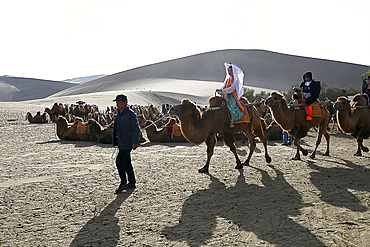
Tourists on camels being led into the Singing Sand Dunes in Dunhuang, Northwest Gansu province, China, Asia
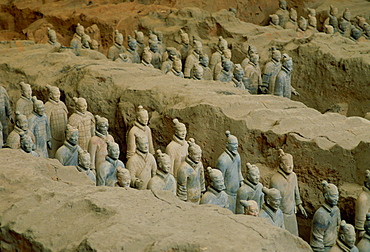
Figurines in the Museum of the Qin Terracotta Warriors, the mausoleum of Qin Shi Huang,emperor of China, Xian, Shaanxi Province, Northwest China discovered in 1974.

The Hartbeespoort Dam bypass channel in South Africa's North West Province. The water is green due to algae.
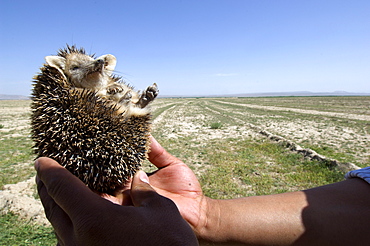
A man holds a long eared hedgehog (Hemiechinus auritus) found along a road in Gurian District, Herat Province, during a wildlife survey of northwest Afghanistan
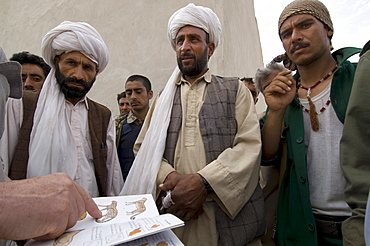
Conservation biologist George Schaller asks local shepherds and policemen about leopards and cheetah, at a border post on the border with Iran, in Gulran District, in the northwest part of Herat Province. Dr. Schaller was making a wildlife survey to see what remained of biodiversity in the Northwest corner of Afghanistan, and interviewed soldiers, shepherds and other Afghans who move through the region to find out what wildlife they had seen.
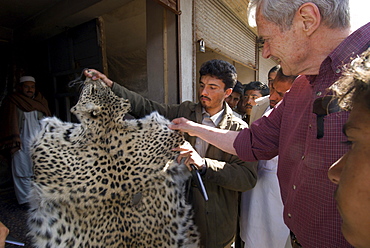
Wildlife biologist George Schaller examines a leopard skin being sold in the bazaar of Herat, Herat Province, Afghanistan. Dr. George Schaller led a trip into the regions northwest of Herat to make a wildlife survey, looking especially for any signs of leopard, cheetah and wild ass.

Haji Joma Khan, the head of Char Manar village in Gulran District, walks with a friend past a field of wild poppies,in the northwest part of Herat Province.

A border policeman looks out form a ridge, at a post on the Hari Rud River, with Iran just on the other side, in Gulran District, in the northwest part of Herat Province.
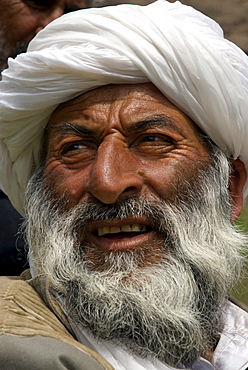
Haji Joma Khan, the head of Char Manar village in Gulran District, talks to wildlife biologists in the northwest part of Herat Province.

An adolescent Pashtun girl shields her face as she carries water through the streets of the Meira camp for earthquake survivors, Northwest Frontier Province, Pakistan. The conservative code of the Pashtun tribe of the area dictate that girls must cover themselves, including their faces, after their first period. The crowded life in the camp has made such rules difficult to follow. The Meira Tent camp (also called Mera, or Maria camp), is located on the Indus River in the Battagram district. The camp, the largest for displaced people in Pakistan, hosts over 21,000 earthquake survivors, primarily from the Allai valley in Pakistan's NWFP, one of the areas worst-hit by the October 8, 2005 earthquake.
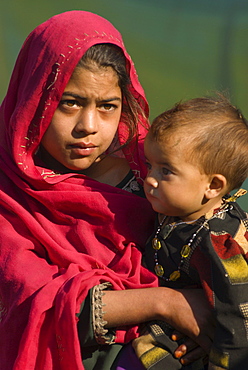
A Pashtun girl holds her younger brother, in the Meira camp for earthquake survivors in the Northwest Frontier Province, Pakistan. The Meira Tent camp (also called Mera, or Maria camp), is located on the Indus River in the Battagram district. The camp, the largest for displaced people in Pakistan, hosts over 21,000 earthquake survivors, primarily from the Allai valley in Pakistan's NWFP, one of the areas worst-hit by the October 8, 2005 earthquake.

In the Meira camp for earthquake survivors, two Pashtun men sit by piles of family possesions, waiting for the truck which will take them from the camp, where they have spent the winter, back to their devastated mountain village, in the Northwest Frontier Province, Pakistan. The Pakistani army, which runs the camp, has mandated that the camps be cleared by early April, despite the fact that many families are afraid or unprepared to return to their devastated homes. The Meira Tent camp (also called Mera, or Maria camp), is located on the Indus River in the Battagram district. The camp, the largest for displaced people in Pakistan, hosts over 21,000 earthquake survivors, primarily from the Allai valley in Pakistan's NWFP, one of the areas worst-hit by the October 8, 2005 earthquake.
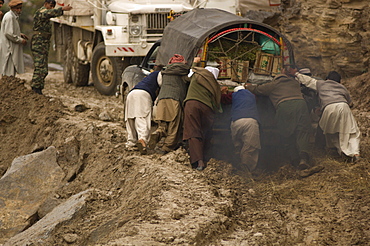
On the the road to the Allai Valley, men try to push a truck that is stuck in mud and landslide debris and which is blocking other trucks full of humanitarian aid and earthquake survivors returning to their mountain villages, Battagram District, Pakistan's Northwest Frontier Province. The region was one of the worst-hit by the October 2005 earthquake, and aftershocks and heavy rains continue to trigger landslides, which have hampered reconstruction efforts and the return of earthquake survivors to their mountain villages from the low altitude tent camps where many spent the winter.

On the the road to the Allai Valley, a Pashtun family carries luggage past trucks that are stuck in mud and landslide debris-the trucks are full of other families and their possessions traveling back to their mountan villages, Battagram District, Pakistan's Northwest Frontier Province. The region was one of the worst-hit by the October 2005 earthquake, and aftershocks and heavy rains continue to trigger landslides, which have hampered reconstruction efforts and the return of earthquake survivors to their mountain villages from the low altitude tent camps where many spent the winter.

Pashtun men clear rocks from a landslide that is blocking the road to the Allai Valley, and preventing many trucks full of earthquake survivors and their possessions from traveling back to their mountan villages, Battagram District, Pakistan's Northwest Frontier Province. The region was one of the worst-hit by the October 2005 earthquake, and aftershocks and heavy rains continue to trigger landslides, which have hampered reconstruction efforts and the return of earthquake survivors to their mountain villages from the low altitude tent camps where many spent the winter.

A Pashtun man returning home to his mountain home from a camp for earthquake survivors, carries boxes up a steep hill, in the Battagram District, Pakistan's Northwest Frontier Province. The Pakistan army has dictated that all camps for people displaced by the earthquake be emptied by early April, whether families want to return or not. The Battgram district was one of the worst-hit by the October 2005 earthquake, and aftershocks and heavy rains continue to trigger landslides, which have hampered reconstruction efforts and the return of earthquake survivors to their mountain villages from the low altitude tent camps where many spent the winter.

